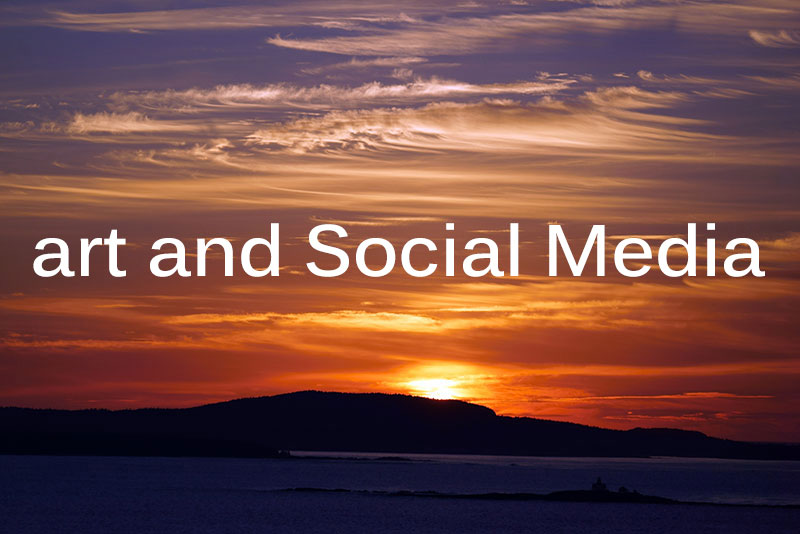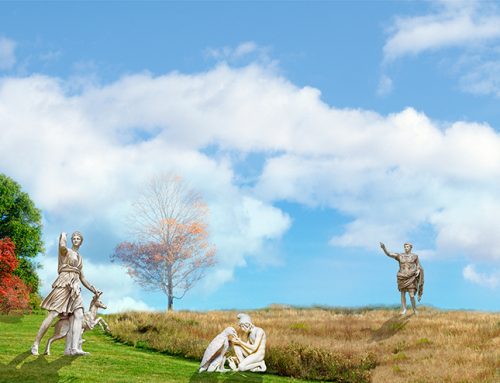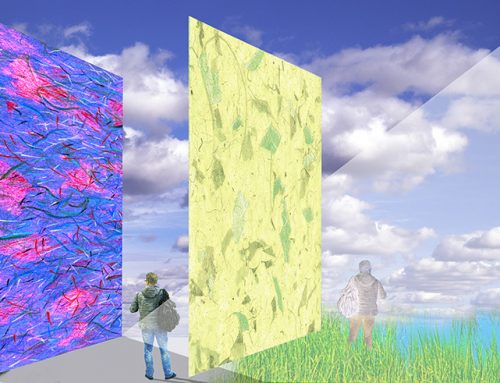Art Social Media
Art Social Media or perhaps better stated, Social Media Art? Experts are currently in a heated debate over the subject of Art and the Social Media. The relationship between the two is certainly a developing one. And the question of whether social media is good for artists and the arts, can not be answered at this time. However, almost everyone agrees that social media is now an indispensable tool an artist must use to promote their work.
Self-representation
In today’s art market, where many of the traditional brick and mortar galleries have closed shop, artists are seeking new ways to bring their work to the public. And what better way than posting on social media? Whether this activity has any bearing on the sales of artworks remains to be seen. But it is surely the least expensive way an upcoming artist can self-represent themselves, hoping to be recognized among a sea of other individuals doing the same thing. Posting to social media.
Many artists have opted into hosting their own websites through the WordPress platform. Artists who build and host their own websites can easily represent themselves, without the need to have an artist page on any of the online art marketing platforms.
The art experience
Back in the day, someone who wanted to “experience” (see) visual artworks, had a few options: Go to a museum, frequent a gallery catering to the kind of work they were interested in, or buy an art-book. As of 2017, we live in a different world. The museums still exist, many art galleries are closing, and art-books in print are becoming scarce. Today the new norm seems to be: experience art is online. It goes without saying that seeing art on i-phone is not the same as the real framed canvas in a museum or gallery, but to many, it suffices.
The new mantra for artists and the public, experience art online. The new vehicle (social media) offers some major advantages to an artist, but it also has its’ own shortcomings.
The democratization of art
One of the major advantages of our current social media outlets is the fact that they have democratized so to speak, the art experience. The conception that art can only be available to the few rich, is slowly evaporating. This is a good thing since more people can view and experience tons of art with a click of their keyboard (or their iPhone). This could also be a bad thing. Because so much is posted online, the distinction between art and non-art is also vanishing. Many who do not have a basic art knowledge, may be led into thinking that selfies are in fact art. They are indeed a form of expression revealing a high degree of Narcissism, but not truly art. The bite-sized information can only act as an entry point into the “art experience”. Thinking that it can replace the live experience of seeing the actual “product”, is a dangerous illusion.
Social media’s impact on artists
On the surface, it may appear that everything is rosy between social media and artists. Sure, artists can market and promote themselves at no cost, and feel that they are out there and can be seen by the public. This might be a boost of morale for some, at least for a while.
But some have come to realize that social media is posing a threat to artists, a danger from which there seems to be no escape. “…While social media has a lot of wonderful qualities, it seems increasingly likely it will be the death of artists for a multitude of reasons…” writes Stephanie Sharlow, in “Elite Daily”. In her article, she reaches the conclusion that social media, kills creativity.
Social media impact on art
In his article “8 Reasons why Social Media is decimating art and literature” (Qwicklit.com) Phil James suggested that “social media is eroding the role of art and literature, and that there must be pragmatic steps taken to separate it from its sphere of influence”.
The Internet has democratized art, which is a good thing, but “…art is now competing with media that is produced to briefly wow for cheap validation…”. Social media is a consumable, that allows only a quick superficial interaction with the art.
His final conclusion: “…Art and literature need to become public events completely outside of social networks. Just as the Romantic poets looked back to nature at the beginning of the 19th century for wisdom, we must use physical space to host physical works of art. Similarly, we must continue to promote events that allow for intimate conversation with authors, poets, and other speakers…”
The conclusion
At this point in time, it is too early to validate any assumptions, whether social media platforms do more good than harm.
Only time will tell…
Suggested reading
“8 Reasons why Social Media is decimating art and literature” – Phil James, “Qwicklite”
“Death Of An Artist: How Social Media Is Ruining Creativity” – Stephanie Sharlow, “Elite Daily”
The artgreeT Blog page.






